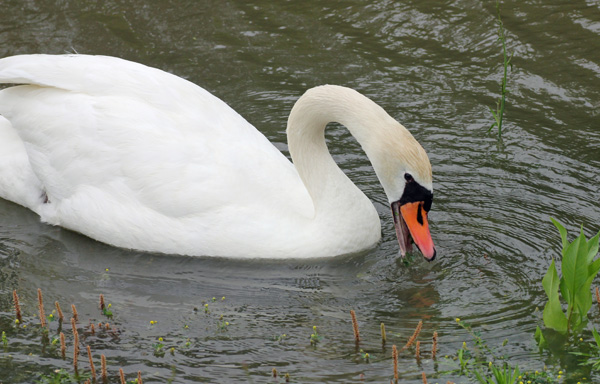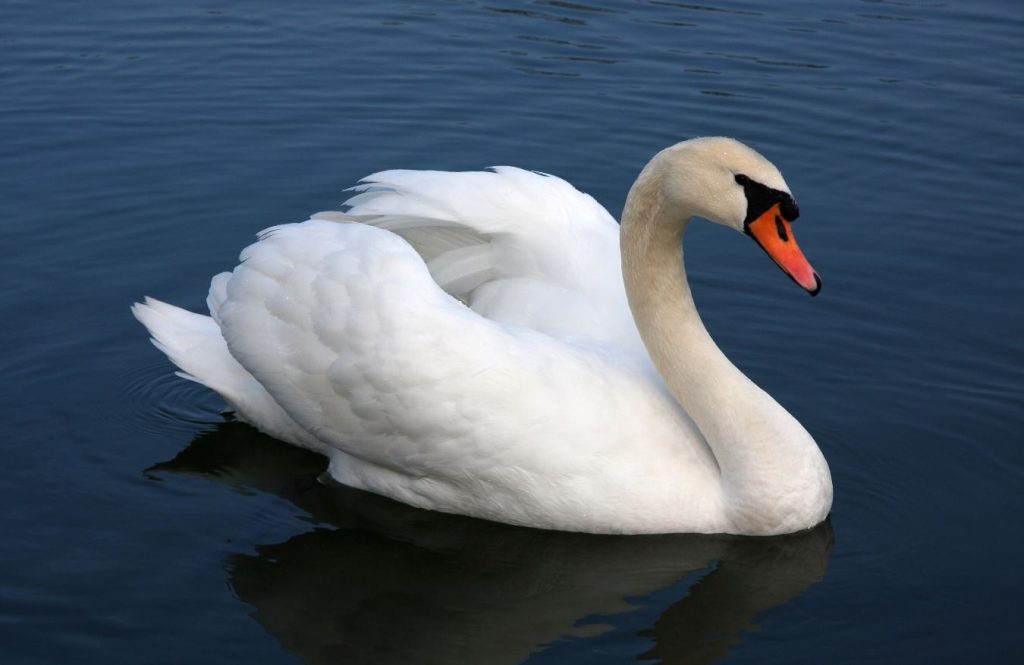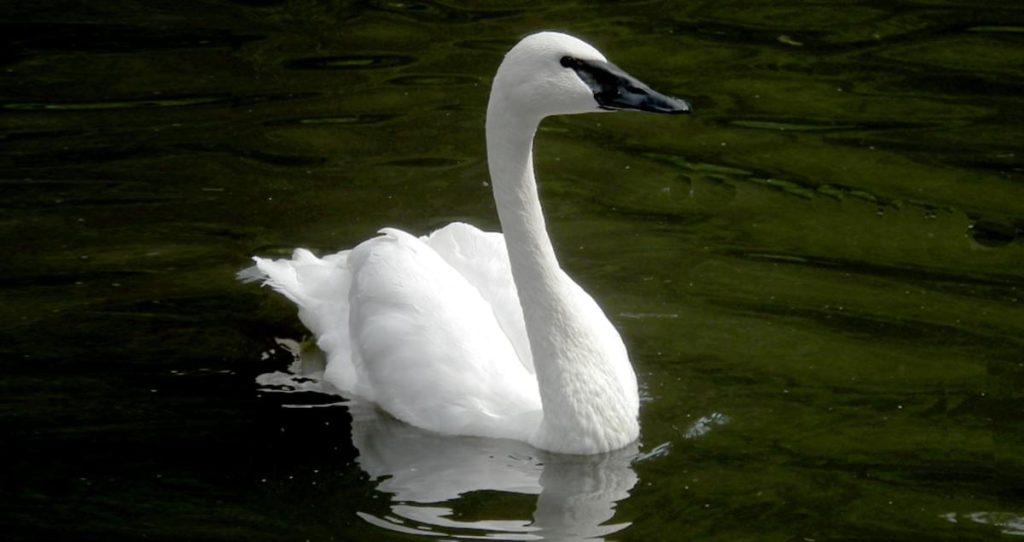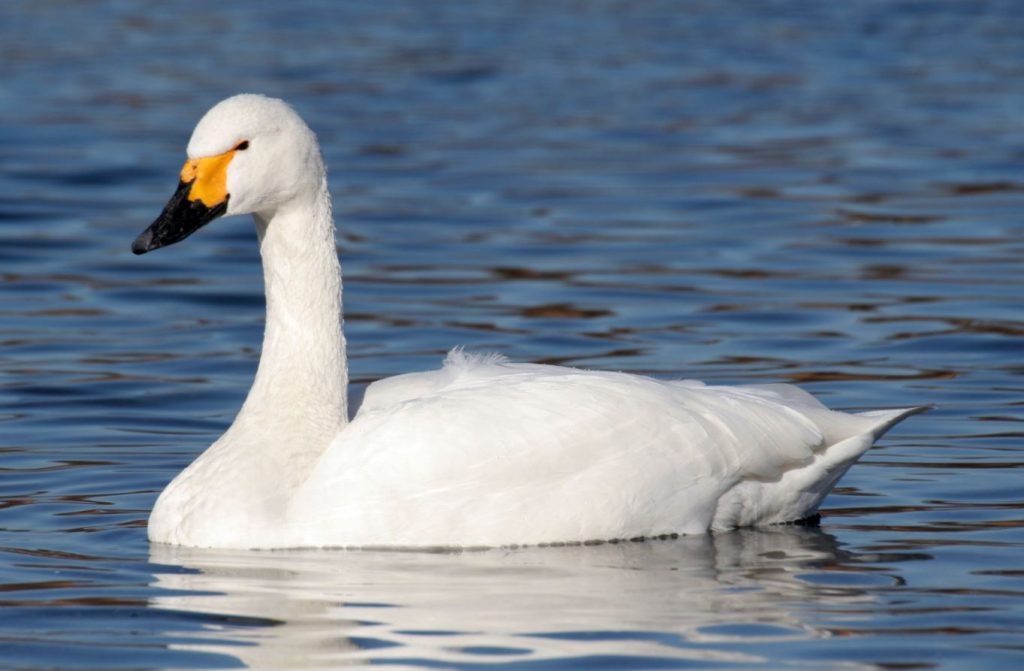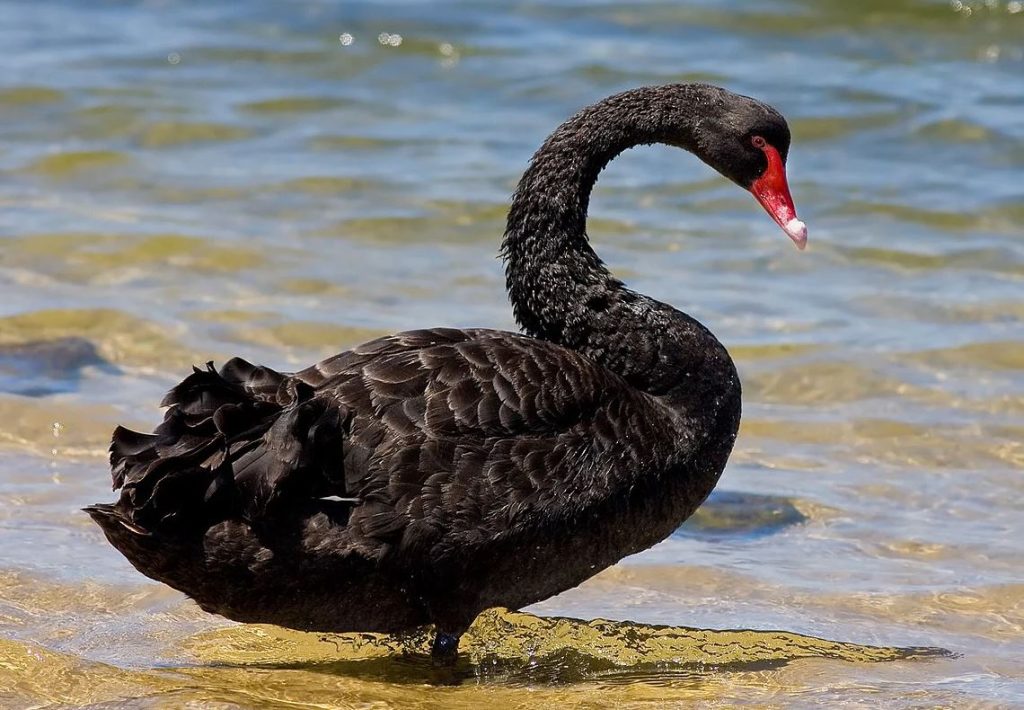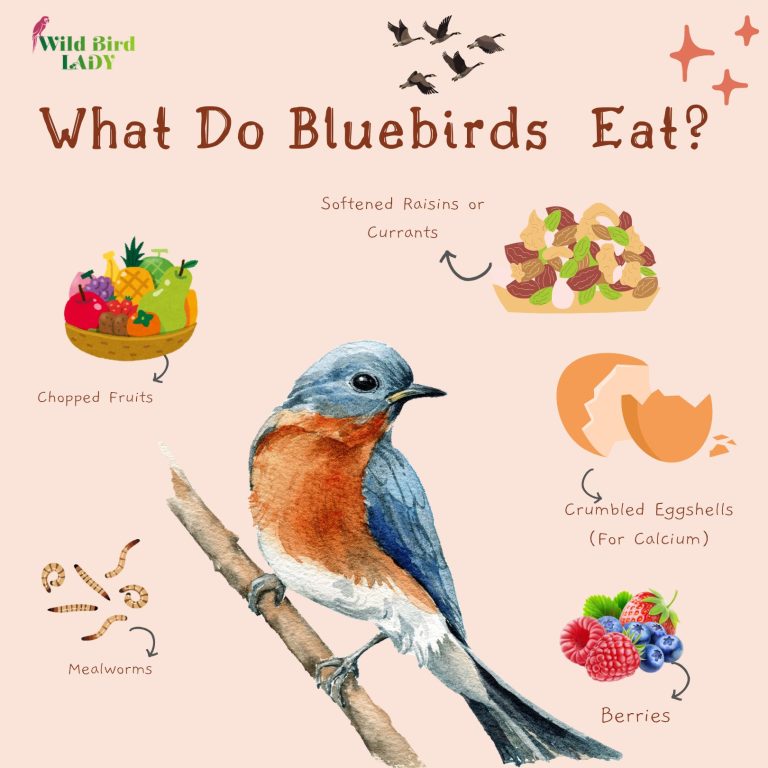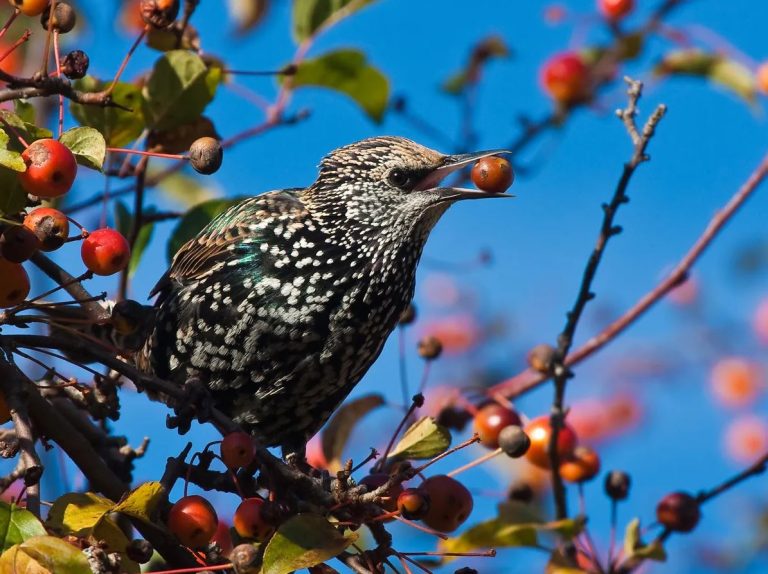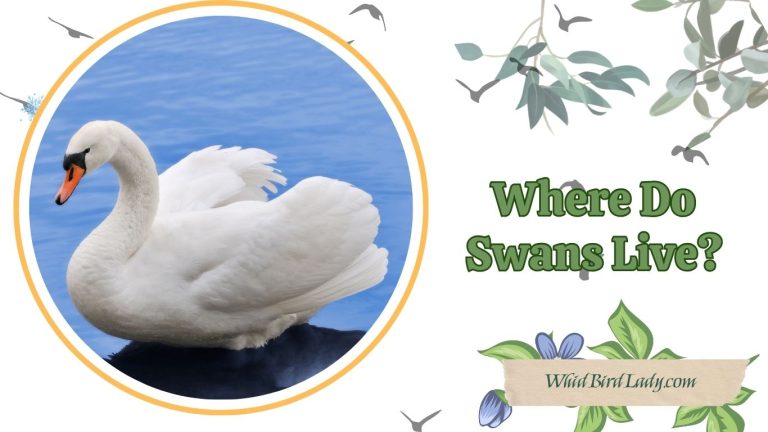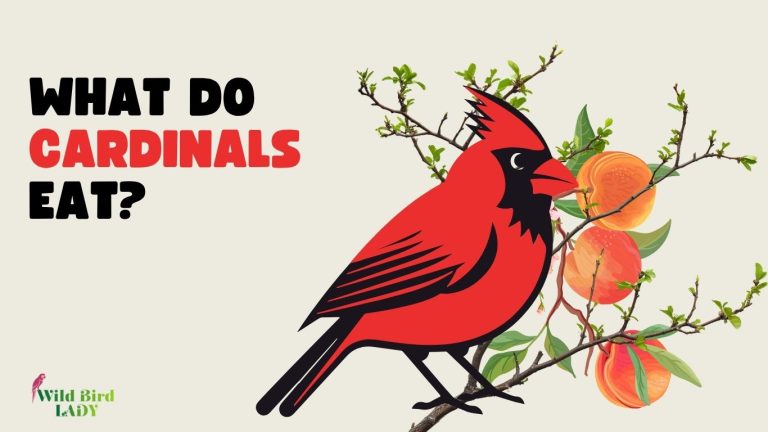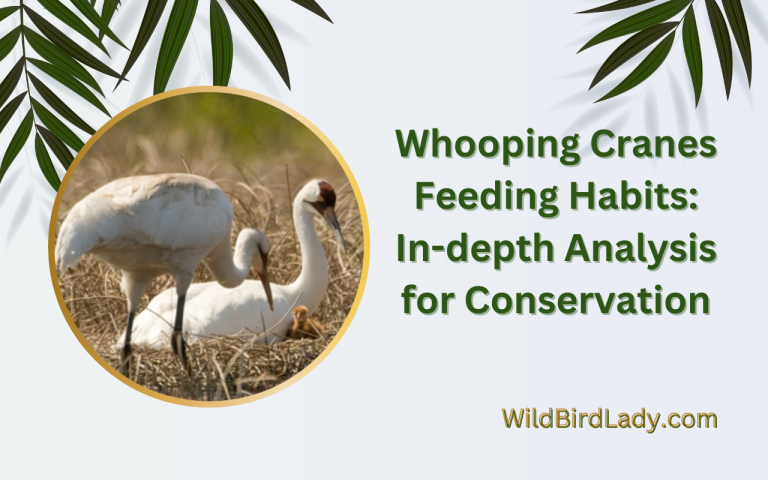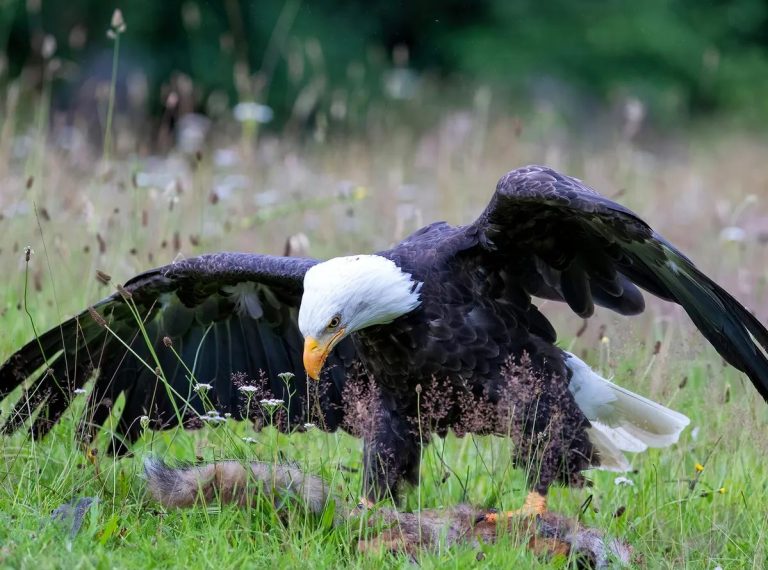What Do Swans Eat? The Elegant Diet of These Graceful Birds Revealed!
Swans have long captivated bird lovers like me with their quiet elegance and majestic presence. I still remember the first time I saw a pair of mute swans gliding across a pond in Texas. Their long necks curved like question marks, and their movements seemed almost too graceful to be real. But what fascinated me most—beyond their beauty—was a simple question that led me down a path of curiosity and discovery: What do swans eat?
As someone who has spent the last 13 years observing birds in their natural habitats and urban parks, I’ve come to appreciate the subtle, often overlooked behaviors of birds—including their feeding habits. In this article, I’ll share with you everything I’ve learned about what swans eat in the wild, in captivity, and what you should or shouldn’t feed them. Whether you’re a backyard bird enthusiast or someone who simply admires these graceful creatures, this comprehensive guide will reveal the elegant diet behind the swan’s serenity.
What Do Swans Eat in the Wild?
Swans are omnivores with a primarily herbivorous inclination. In the wild, their diet consists mostly of:
- Aquatic vegetation: Including pondweed, algae, duckweed, and water lilies
- Submerged plant roots and stems
- Grasses and grains along riverbanks
- Aquatic insects and small crustaceans
- Occasionally small amphibians or fish fry
According to the Cornell Lab of Ornithology, Tundra Swans primarily feed by dipping their heads underwater to pull up submerged vegetation like sago pondweed and widgeon grass. I’ve watched this behavior firsthand during their migration through Texas, and it’s a graceful yet efficient method of feeding.
Swans are expert foragers. They use their long necks to reach several feet below the surface, even when they appear to be just floating. I’ve watched Trumpeter Swans in winter dig into icy wetlands to uproot submerged plants—determination written all over their movements.
Feeding Habits of Different Swan Species
Although all swans share similar diets, there are subtle differences depending on the species:
• Mute Swan (Cygnus olor)
- Often seen grazing on grass in parks
- Eats aquatic plants, snails, and even the occasional insect
- Can become aggressive during feeding, especially in urban areas
• Trumpeter Swan (Cygnus buccinator)
- Prefers roots and tubers from underwater plants
- Forages in deeper freshwater wetlands
• Tundra Swan (Cygnus columbianus)
- During migration, feeds in agricultural fields on leftover grains like corn and barley
- Also eats sedges and bulrushes in tundra habitats
• Black Swan (Cygnus atratus) [Australia]
- More adapted to shallow wetlands
- Consumes algae, sedges, and rushes
Each swan’s diet is tailored to its habitat, but all rely heavily on aquatic plants as their dietary backbone.
Seasonal Diet Changes
Swans adjust their diets with the seasons. Here’s how it changes:
| Season | Common Food Sources |
|---|---|
| Spring | New shoots, soft pond vegetation, insects |
| Summer | Aquatic plants, mollusks, small crustaceans |
| Fall | Grains in fields (corn, wheat, barley), dry grasses |
| Winter | Roots, tubers, submerged plants beneath ice |
In the fall, I often spot flocks of Tundra Swans stopping in Texas rice fields, feeding on leftover stalks and seeds before migrating further south.
What Do Baby Swans (Cygnets) Eat?
One of the most common questions I get from new birdwatchers is: What do baby swans eat? It’s a great question—and the answer reveals just how carefully swans raise their young.
Cygnets, as baby swans are called, may look like adorable fluff balls, but they’re surprisingly active and hungry from an early age. Their diet is specifically tailored to support their rapid growth, feather development, and early survival in the wild.
Here’s a breakdown of what baby swans eat at different life stages:
First Few Days: Nourishment from the Egg Yolk
For the first 24 to 48 hours after hatching, cygnets do not need to eat external food. They survive on the nutrient-rich yolk sac absorbed just before hatching. This yolk provides essential proteins, fats, and antibodies to help them adjust to their new environment.
In this phase, cygnets mostly rest under the warm shelter of the mother swan, known as the pen, while she keeps them protected and dry.
1–2 Weeks Old: Small Invertebrates and Protein Boost
Once cygnets become mobile, they begin exploring their surroundings and pecking at soft, easily digestible food. This is when they need high-protein, high-energy foods to support early feather growth and muscle development.
At this stage, what do baby swans eat? They primarily consume:
- Aquatic invertebrates (tiny organisms found in ponds and lakes)
- Mosquito larvae
- Small crustaceans, like freshwater shrimp
- Insect eggs and aquatic worms
These protein-rich snacks are essential during the first two weeks, providing building blocks for healthy development.
3–6 Weeks Old: Transition to Plants and Mixed Diet
As their digestive systems mature, baby swans gradually shift toward a more herbivorous diet—closely resembling adult swans. However, they still need protein supplements from natural sources.
From my own birdwatching experience, I’ve often seen cygnets follow their mother through shallow waters, mimicking her feeding behaviors. The adult swan will stir up sediment with her beak, dislodging small insects and plant matter to make it easier for the babies to find food. It’s both a feeding technique and a bonding moment.
At this age, baby swans begin to eat:
- Soft aquatic plants such as duckweed and algae
- Submerged stems and leaves from pondweed and water milfoil
- Tiny snails or aquatic beetles
- Tender grasses near the shoreline
✅ Tip from the field: If you ever see a swan family in the wild, look closely at the cygnets. You’ll notice how they dive their tiny heads underwater or nibble at floating vegetation—learning to forage through practice.
6+ Weeks: Almost Fully Herbivorous
By the time they’re six weeks old, cygnets have developed stronger beaks and more coordinated movement. This allows them to graze more independently and consume the same aquatic plants as adults.
Their diet at this point includes:
- Sago pondweed, duckweed, water lilies
- Shoreline grasses and reeds
- Grains, if they are near farmlands (especially in migratory species like the Tundra Swan)
- Occasional insects, though much less than before
While they’re now mostly herbivorous, cygnets still require constant feeding. Their metabolism is high, and they grow fast—gaining feathers and increasing in body weight rapidly.
What Do Baby Swans Eat in Captivity?
If you’re raising orphaned or injured cygnets (or working with a rescue organization), their diet should replicate the natural one as closely as possible.
Recommended foods for captive cygnets:
- Non-medicated chick starter feed (high-protein, unmedicated)
- Chopped romaine lettuce, kale, or spinach
- Cooked peas, soft grains, and oats
- Insects like mealworms or brine shrimp
- Access to shallow water with floating greens and duckweed
Always make sure food is soft, small, and easy to digest. Never feed processed human food or anything high in sugar or salt.
From My Field Notebook
One summer morning in a quiet pond near Houston, I watched a newly hatched cygnet trying to peck at tiny specks in the water. Its mother gently stirred up the bottom with her beak, clouding the water with fine sediment and algae. The cygnet immediately began picking at the debris. That moment stuck with me—not just because of its tenderness, but because it showed how swan parents teach their young how to feed. It’s more than instinct; it’s a guided learning process.
Final Thoughts on What Baby Swans Eat
So, what do baby swans eat? In short, they begin life fueled by yolk, then gradually move from high-protein aquatic insects to a diet rich in aquatic vegetation. Their dietary transition is critical to their growth, and watching this journey unfold is one of the most rewarding experiences for any birdwatcher.
Understanding what do baby swans eat not only helps us appreciate their development, but also equips us to protect and support these graceful birds in the wild or in rehabilitation settings.
What Not to Feed Swans (Avoid These Common Mistakes!)
Unfortunately, well-meaning humans often feed swans the wrong foods. Here’s what you should never give them:
🚫 White Bread or Pastries
– Lacks nutrients and can cause “angel wing,” a deformity
🚫 Chips, Popcorn, Crackers
– Too salty and fatty; bad for their digestion
🚫 Processed Meats or Dairy
– Swans are not built to digest animal fat or lactose
🚫 Raw Rice or Dry Beans
– Can swell in the stomach and cause serious internal damage
Pro Tip: If you’re at a park and see people feeding bread to swans, gently educate them. Most folks just don’t know the risks.
What Do Swans Eat in Captivity or in Parks?
Captive swans or those living in public ponds often adapt to human-supplied food. Safe and nutritious foods include:
- Grain-based waterfowl pellets
- Lettuce, spinach, and kale (chopped)
- Cooked rice (unsalted)
- Corn, oats, or wheat
- Sliced grapes or peas (in moderation)
Zoos and wildlife centers often consult avian nutritionists to ensure swans get a balanced diet with enough protein, fiber, and vitamins.
How Swans Eat: Grazing, Dabbling, and Diving
Swans are versatile eaters with three primary feeding methods:
- Grazing: On land, swans feed on grass like geese
- Dabbling: In shallow water, they tip forward and use their necks to reach underwater plants
- Up-ending: You’ll see them butt-up in the water, necks stretched downward
They don’t dive like ducks, but their necks allow them to reach depths of 3–4 feet.
Tips for Feeding Swans Responsibly
If you want to feed swans in your local park or pond, here are my guidelines:
✅ Use natural, unprocessed foods
✅ Offer chopped greens or grains in shallow water
✅ Feed sparingly—don’t overfeed
✅ Observe from a distance—don’t touch or corner them
✅ Clean up leftovers to avoid attracting pests
Did you know? Overfeeding can lead to water pollution, algae blooms, and a rise in harmful bacteria.
My Personal Encounters with Feeding Swans
One of my favorite moments happened on a foggy morning in Austin, Texas. I was watching a Mute Swan pair with their five cygnets gliding along the lake’s edge. I gently tossed in some chopped kale and peas. The parents cautiously approached, then motioned to the cygnets with low huffs—teaching them how to eat.
That moment taught me something valuable: Feeding swans isn’t just about giving them food—it’s about witnessing their grace and nurturing their trust.
Conclusion: The Grace of the Swan’s Table
So, what do swans eat? The answer is as elegant as the birds themselves—nutritious aquatic plants, grains, greens, and the occasional protein boost from tiny water-dwellers. Whether you’re observing them in the wild or sharing a mindful snack by the pond, understanding their dietary needs deepens the respect we hold for these regal birds.
Swans don’t just glide—they forage, graze, and adapt to their environment with grace. As bird lovers, it’s our responsibility to support their diet safely and naturally.
Frequently Asked Questions (FAQ)
Q: Can swans eat carrots or apples?
A: Yes, if finely chopped. Carrots and apples are safe in small amounts.
Q: Do swans eat fish?
A: Rarely. While they may consume small aquatic creatures, swans are primarily plant eaters.
Q: Is it OK to feed swans every day?
A: It’s best to feed them occasionally to prevent dependency on humans.
Q: Why do swans eat grass like geese?
A: Grazing is a natural behavior that supplements their aquatic diet, especially in colder months.
If you’ve ever wondered what do swans eat, I hope this guide has satisfied your curiosity. Keep watching the water. You never know what graceful moment you might catch next.
— Rifat Ahmed
Birdwatcher. Nature storyteller. 13 years in awe of avian elegance.


